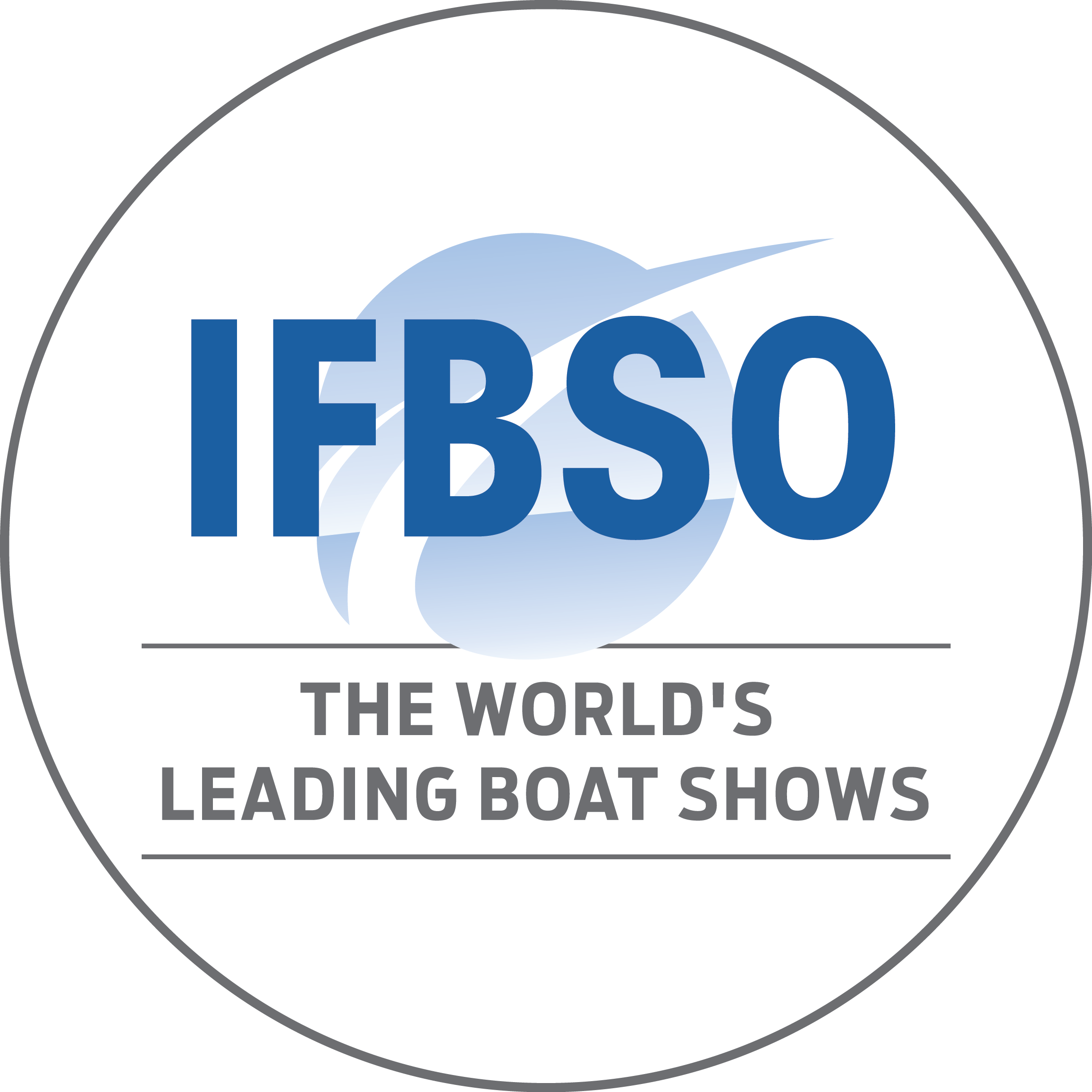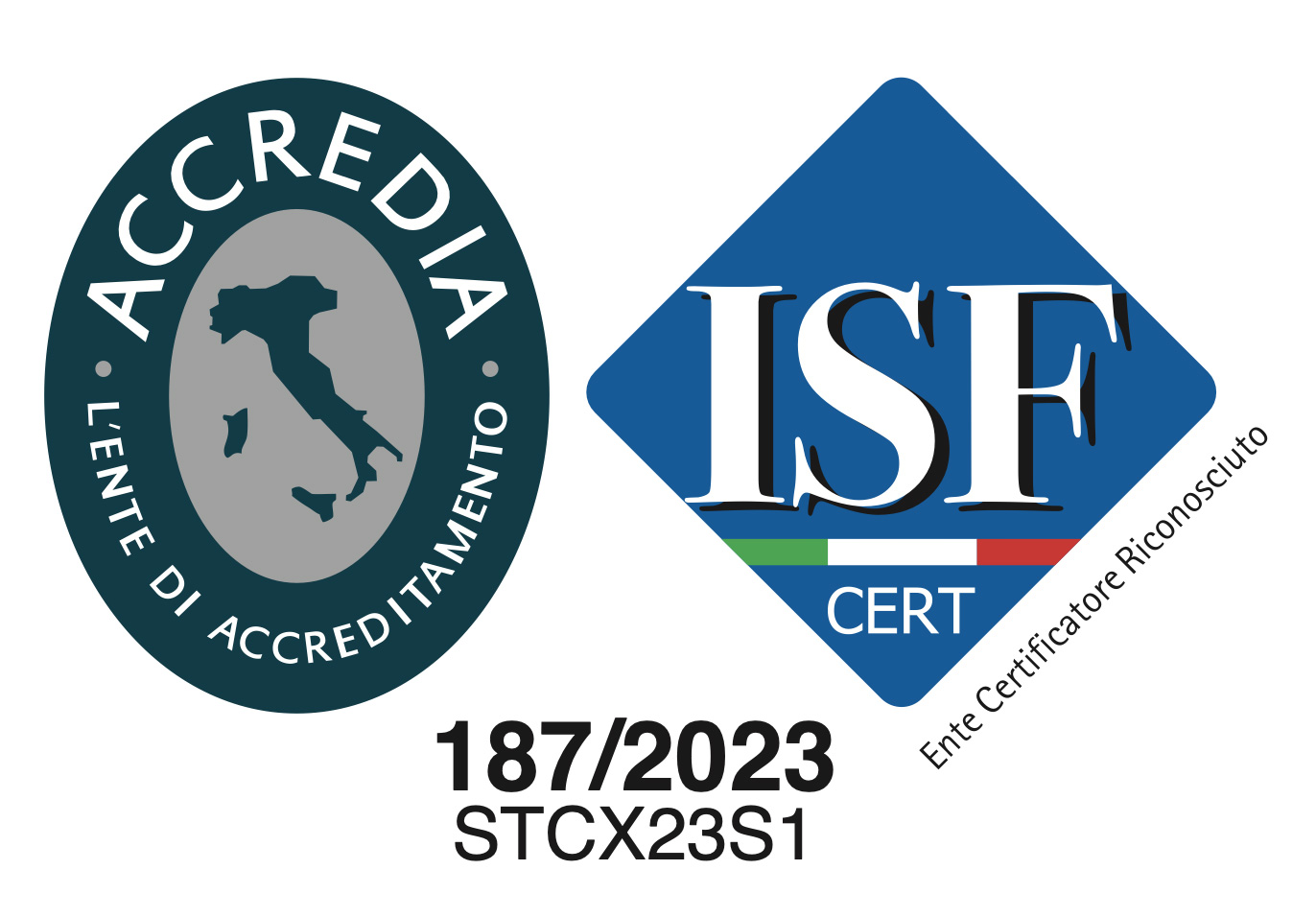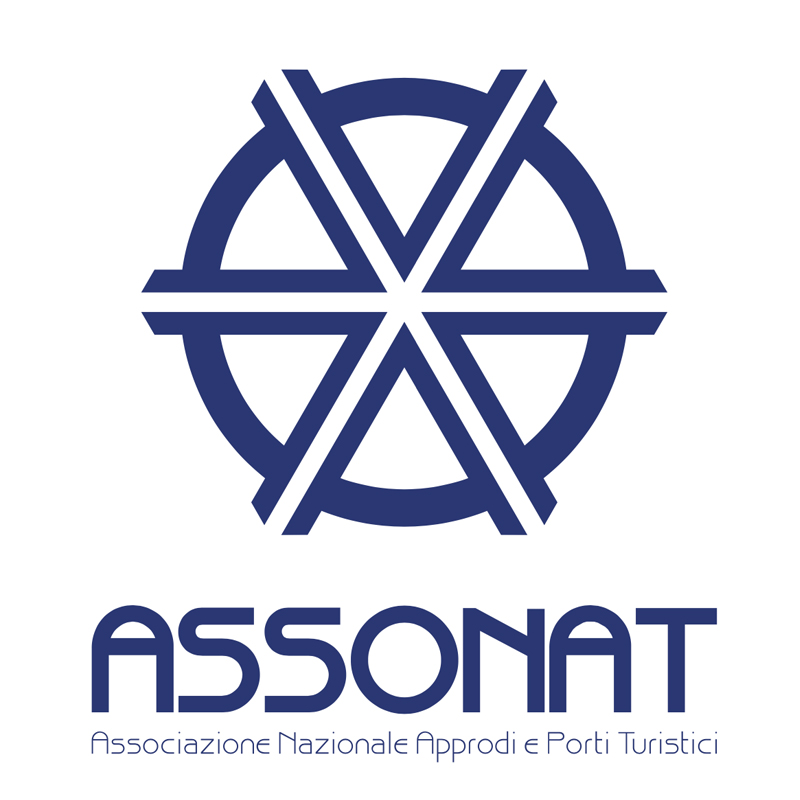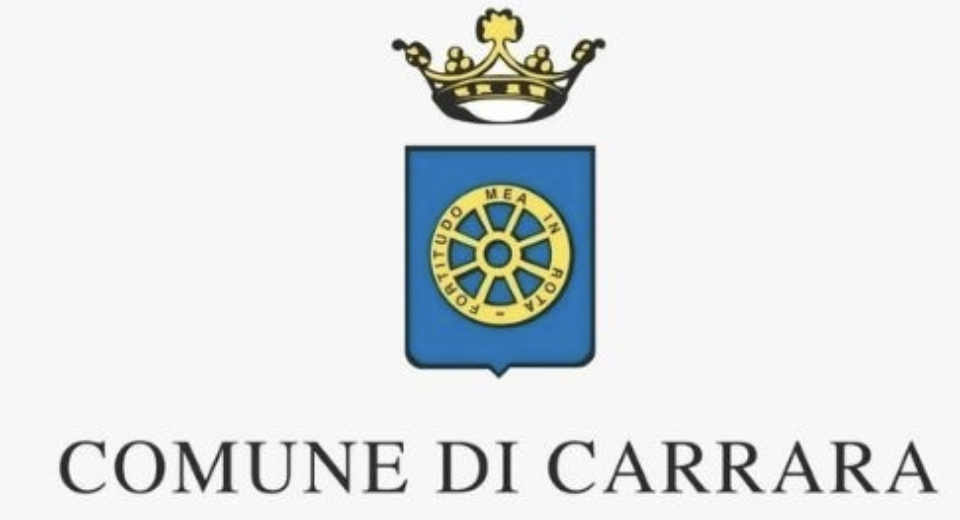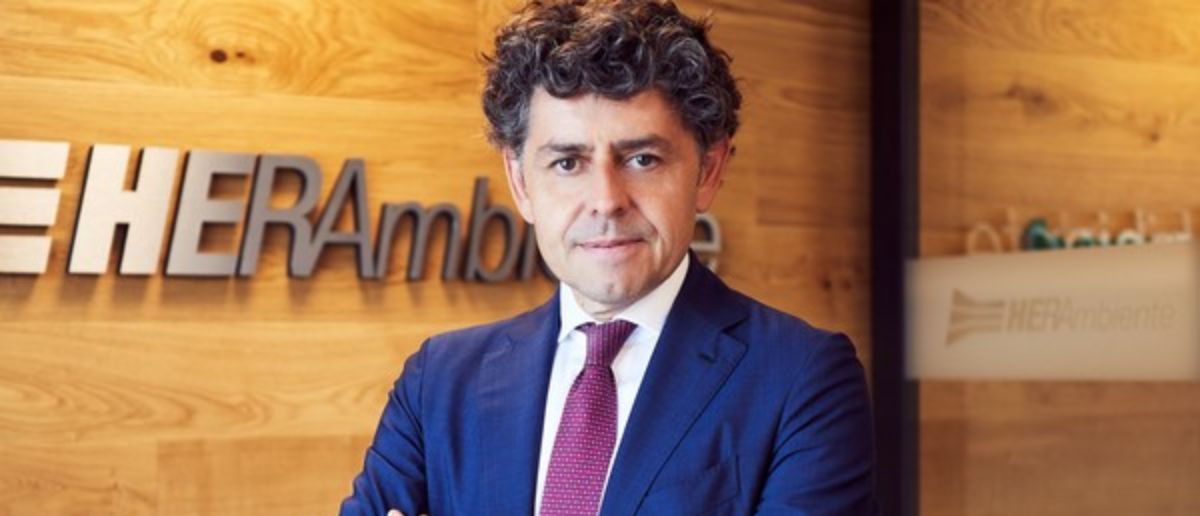
FIB3R, THE CUTTING-EDGE FACILITY THAT REGENERATES CARBON FIBER
The first of its kind in Europe, the Hera Group’s facility in Imola recycles composite waste to recover carbon fiber, thereby helping to bridge the gap between demand and supply of virgin material while reducing environmental impact.
Recycling and regenerating carbon fiber on an industrial scale: this is the goal of Fib3r, an innovative plant—the first of its kind in Europe—launched by the Hera Group in Imola, near Bologna, in March 2025. As the name suggests, inspired by the three Rs of sustainability—recover, reduce, reuse—the aim is to enhance circularity across several strategic Made in Italy sectors, from automotive to aerospace, from marine to furniture manufacturing.
HOW CARBON FIBER IS REBORN
At the FIB3R plant, end-of-life scraps enter and regenerated carbon fiber comes out.
In between, an innovative pyro-gasification process takes place inside a 60-meter-long tunnel. The first stage, pyrolysis, serves to separate the heat-resistant fiber from the resin, while the second stage, gasification, ensures the production of regenerated fiber of the highest quality: pure, glossy, and fully sustainable. Moreover, in a perfect example of circular economy, the resin decomposed into gaseous form is reused to generate part of the energy required for the process, while dust particles remaining in the fibers are extracted and sent to an abatement system.
Because the original lightweight and high-strength properties remain practically intact, the regenerated product is ready to be used for the same high-performance applications as virgin material, creating a potentially infinite reuse cycle.
ENERGY SAVINGS AND TRACEABILITY
The plant, which required a total investment of 8 million euros, including over 2.2 million euros in EU funding, can produce 160 tons of recycled carbon fiber annually at full capacity, with a 74% reduction in greenhouse gas emissions and a 75% energy saving compared to virgin fiber production—a highly energy-intensive process due to the elevated temperatures involved. Furthermore, producing virgin material requires the use of fossil raw materials and increases landfill waste, as production scraps are almost exclusively destined for disposal.
Not only that: Fib3r’s uniqueness also lies in the complete traceability of the treated material through a dedicated QR code that records technical specifications, weight, and origin.
STRONG LOCAL CONNECTIONS
To develop the plant, Herambiente collaborated with the Department of Industrial Chemistry at the University of Bologna and Curti Costruzioni Meccaniche, a mechanical engineering company based in Ravenna that produces automated machines for industrial applications.
“Previous experiences in carbon fiber recovery had led to the creation of production lines that still raised many questions about the quality of the regenerated material,” explains Andrea Ramonda, CEO of Herambiente. “Today, after a journey that began three years ago, we can confidently say we have reached a level of excellence in the sector. Starting from laboratory-scale university studies and moving through a pilot phase, we have built a production line that represents a turning point. This achievement demonstrates how innovation and collaboration between companies, universities, and institutions can transform a sustainable idea into a concrete and highly competitive industrial solution.”
Ramonda also emphasizes the strong local connection: “Situated within the Motor Valley ecosystem, the project primarily responds to the needs of the main players in this sector.”
It is indeed the automotive sector—particularly in Emilia-Romagna—that has increasingly incorporated carbon fiber composites in its manufacturing processes in recent years. “More broadly, our clients include all actors along the carbon fiber-reinforced composite materials value chain: from large companies that process the materials to brands that manufacture finished products.”
The clients themselves prompted Herambiente to develop Fib3r to tackle the growing problem of waste. “We aim to produce as regenerated fiber approximately 50% of the input material entering the plant, thus contributing to bringing this material production back to Italy, which currently relies on imports from Asia. Among the companies we work with is Leonardo Group, which, through its Aerostructures Division, has launched a project to recover carbon fiber reinforcements from polymer matrix composites used to build components of some of the most famous commercial aircraft, such as the stabilizer for ATR turboprops, the fuselage and horizontal stabilizer for the Boeing 787, and the tailplanes of the Airbus A220.”
SUSTAINABLE AND COMPETITIVE BUSINESS MODELS
Investing in circular infrastructure like Fib3r means increasing the resilience of supply chains, reducing dependency on imports of critical raw materials, and creating value through sustainable and competitive business models.
The project fits perfectly within Herambiente’s and, more broadly, the Hera Group’s strategy, which in its 2024-2028 industrial plan has allocated 2 billion euros of investments toward resource regeneration.
“For years, we have been pioneers in recovering the dry fractions of separate waste collection, organic waste recovery through biodigesters that transform it into biomethane and compost, and plastic recovery through our subsidiary Aliplast, which represents excellence in the mechanical recycling of industrial waste such as plastic films, PET, and soon rigid plastics as well,” Ramonda concludes. “With over 100 certified plants capable of processing any type of waste and more than 7 million tons of waste treated in 2024, we have the largest and most modern plant network in the country for material treatment and recovery.”
Article by Emanuele Bompan on Ecomondo.com


